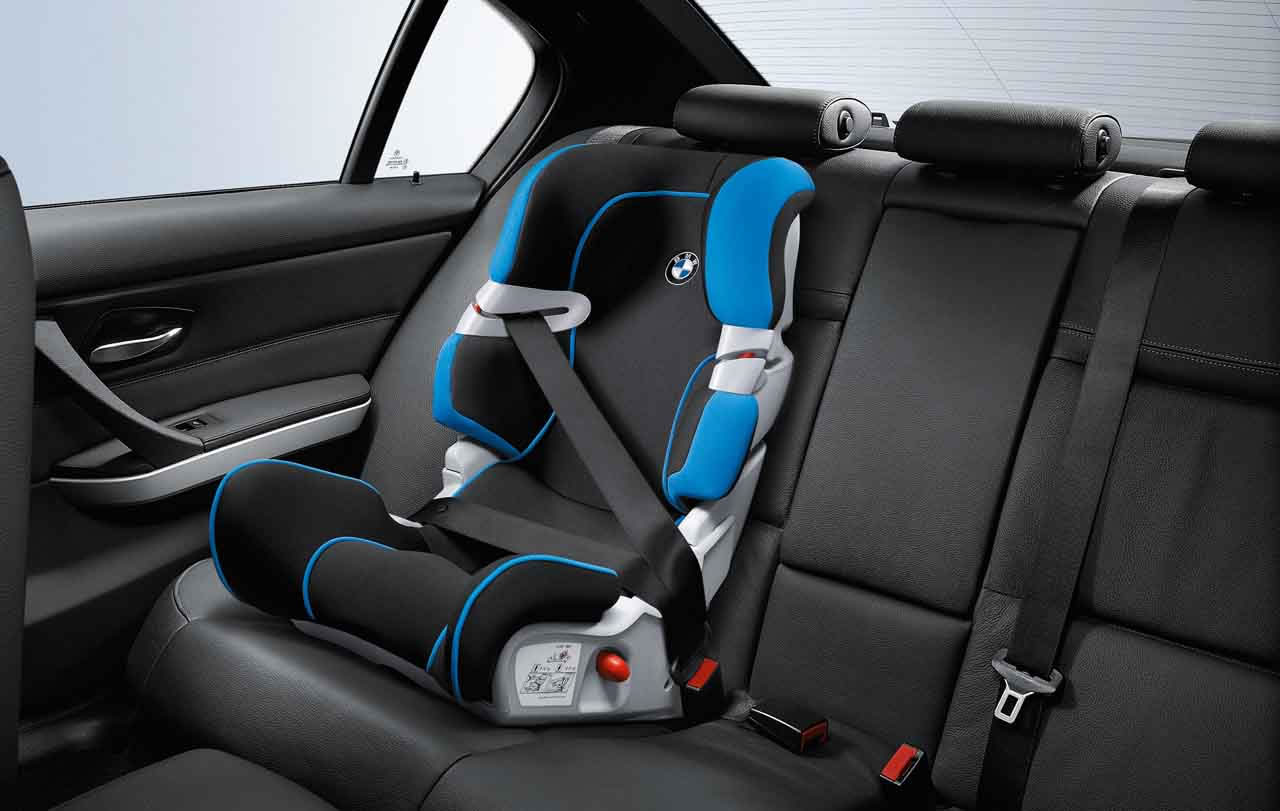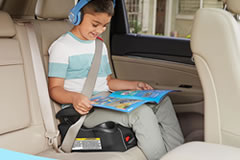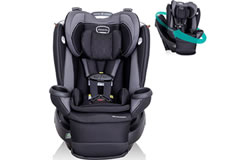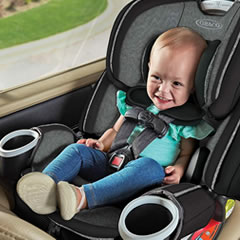California Child Passenger Safety Laws
Every state in the US has its own laws regarding child safety. Most require you to use some sort of a child restraint system such as special seats with protective seat belts, and the position and features of such seats is often closely regulated by various laws.
The bullet points below contain pertinent information from California child passenger safety laws:
- Children under age 8 and under 4 feet and 9 inches must be properly secured in a federally approved child restraint system (child safety seat).
- All other children age 8 to 16 or over 4′ & 9″ must be secured by a seat belt
- Children under age of 8 must be restrained in a child passenger restraint system (child safety seat or booster) in the rear or back seat.
- California law specifically requires children to be properly restrained, meaning the lap belt is low on the hips, touching the upper thighs, and the shoulder belt is crossing the center of the chest.
- Children in rear-facing car seats may not ride in front if there is an active front passenger seat air bag.
Since January 1st, 2017 parents, legal guardians, or drivers who transport children under 2 years of age are also required to secure the child in a rear-facing restraining system, unless the child weighs over 40 pounds or is over 40 inches tall.
As per California Seat Belt Laws for adults, all car passengers 16 years or older must be fastened with seat belts or safety belts while on public highways.
Exceptions
California laws allow for certain exemptions to the child safety seats and seat belts:
- Courts may give your children an exception in case the use of a child passenger restraint system is impractical due to the child’s physical unfitness, medical condition, or size
- In case of a life-threatening emergency or when a child is transported in an authorized emergency vehicle, when a child restraint system is not available (seat belt use is still mandatory)
- Kids under 8 years may ride in front seats in cases of: no rear seats exist, rear seats are rear-facing seats, child passenger restraint system can’t be installed in the rear seat, or if all rear seats are occupied by children
- Medical conditions require a child to ride in the front seat
Penalties
Violating child safety belts or restraint laws is punishable by law with a $100 fine for a first offense, with each subsequent offense carrying a $250 penalty. Based on California’s penalty system the total costs for a first offense may be over $350.
In California, violating the child passenger safety law is a standard offense. By staying within the law and regulations you can not only avoid getting fined, but more importantly keep your children safe while driving.
Sources and references:
- California VC Division 12, Article 3.3: Child Safety Belt and Passenger Restraints Requirements (Sections 27360 – 27368)




